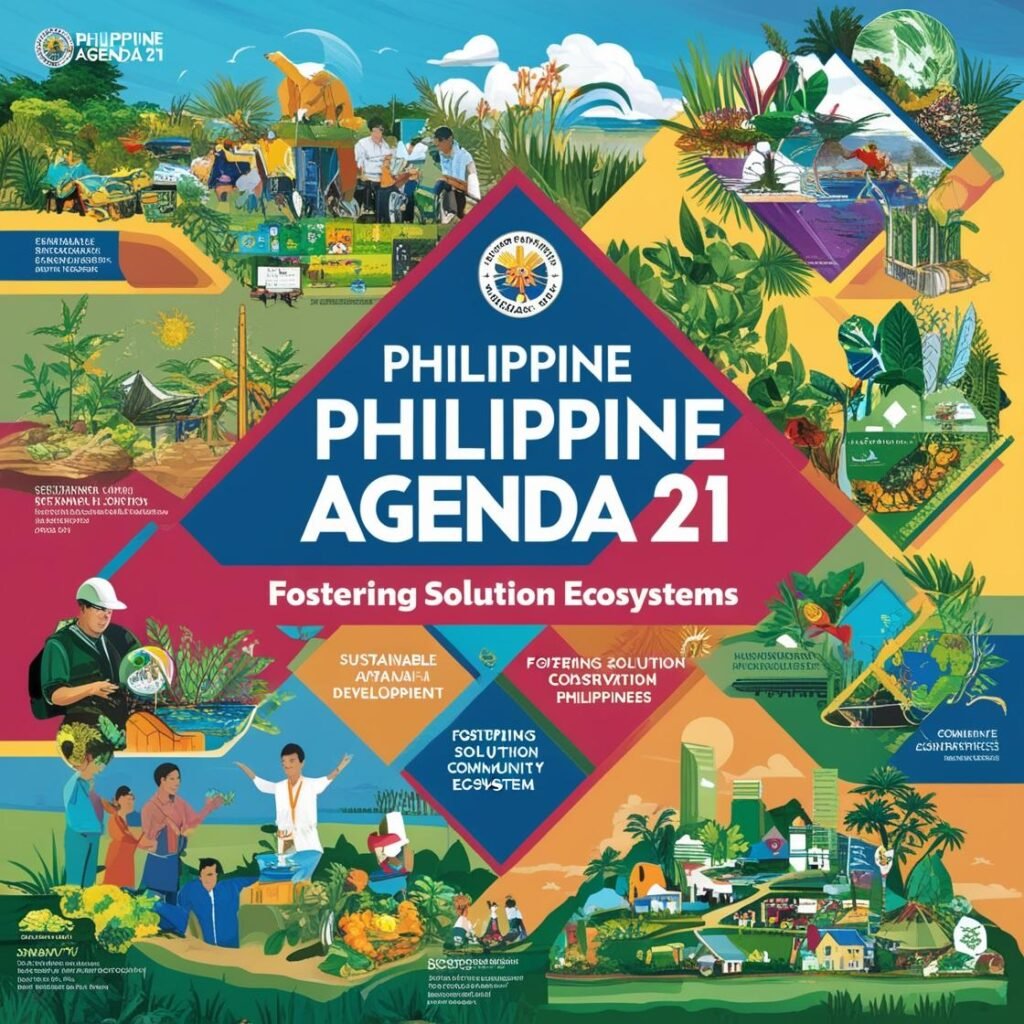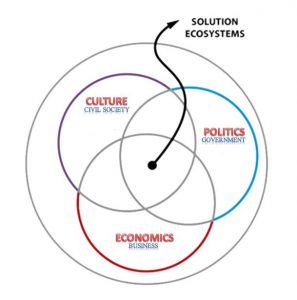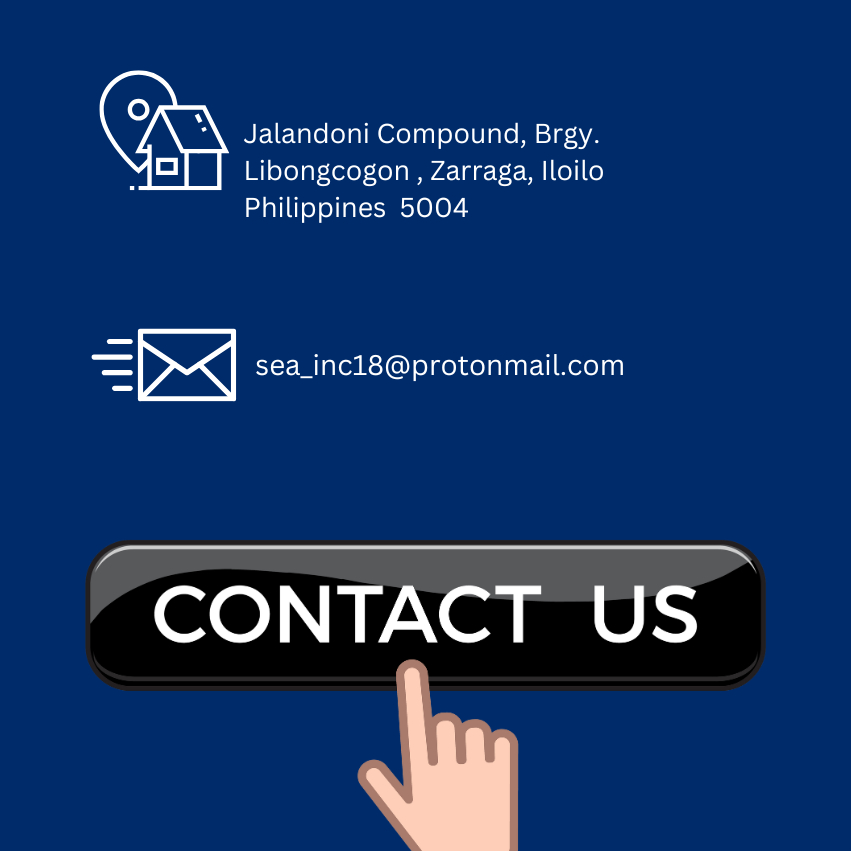The Nature of Solution Ecosystems

The recent economic boom in the Philippines has not benefited the poor. Millions remain in abject poverty. As a result, a rare consensus has emerged in the Philippines: the united call for “inclusive development”.[1]
This call has far-reaching consequences. Addressing the issue of poverty also means paying attention to environmental degradation, corrupt government, cultural decline, and societal erosion, among other challenges. These challenges cannot be easily fixed. They are not simple but systemic; they are not isolated but interrelated. And yet development efforts continue to be piecemeal and sectoral.
A systemic and holistic approach is also needed with other persistent challenges, including corruption and climate change. What is needed is a development approach that is truly inclusive and can address complex issues.
The good news is that we now know how to bring together our diverse talents and resources to achieve significant impact across a broad array of issues. In recent years, the world has discovered very powerful approaches to address the planet’s greatest challenges. The essence of these approaches is the coming together of civil society, government, and business around a challenge where they combine their unique talents and resources to create innovative solutions.
Some have named their approach the “solution revolution”.[2] Still, others call their social technology “innovation ecosystems”.[3] In the Philippines, we call this approach “solution ecosystems”.
Philippine Agenda 21: The Origin of Solution Ecosystems
The Filipino approach originated at the Earth Summit in Rio, in 1992. In collaboration with civil society and business, the Philippine government introduced what the UN subsequently described as one of the world’s most cutting-edge sustainable development models: Philippine Agenda 21, or PA21.
To address the systemic and interrelated nature of developmental challenges, PA21 introduced a holistic model based on all seven dimensions of sustainable development: ecological, economic, political, cultural, societal, human, and spiritual. When development truly addresses the interrelated challenges in each of these dimensions, it can then be considered “integral sustainable development” (ISD).
Societal Threefolding: Bringing PA21 to Life
In addition, PA21 introduced an approach to actualizing ISD called “societal threefolding.” This approach calls for the creation of partnerships between government, business, and civil society—the key institutions of politics, economics, and culture, respectively.
Societal threefolding signifies one of the most important shifts in the history of governance: the move from a state-centered to a society-centered governance structure and process.
When the Philippines became chair of the UN Commission on Sustainable Development (UNCSD) in 1998, it introduced this societal threefolding approach to the UNCSD. Its reception was so successful that it was consequently included in the UN Millennium Development Goals framework in the year 2000. In the UN framework, the societal threefolding approach is described as the activation of “public policy networks”.
SIAD: Implementing PA21 Locally
Sustainable Integrated Area Development (SIAD) is the implementing framework of Philippine Agenda 21. Its name tells us a lot:
SIAD is sustainable. SIAD strives for a sound economy by mobilizing the skills, resources, capital, and culture of local communities in a manner that is determined by the community itself. SIAD is also ecologically sustainable because community participation necessarily means that the resulting approach will advance the long-term management of local resources as well as the use of appropriate technologies. Community participation also means that SIAD projects tend to be culturally sustainable and gender sensitive. Lastly, SIAD builds strength in the political process because threefolding partnerships lead to greater transparency and therefore more support (more on this below).
SIAD is integrated. SIAD harmonizes the potentially conflicting needs of the local community by encouraging the participation of as many local interests as possible, as well as showing their inner connections with the wide-ranging objectives of integral sustainable development. SIAD focuses on the 7 dimensions of ISD in tandem with each other, either in parallel or in sequence (both ways the different dimensions are designed to harmonize and positively reinforce each other). In its human and spiritual dimensions, SIAD also emphasizes the importance of the inner condition of all those active in making integral sustainable development a reality. A self-centered, egotistic person will be a hindrance to SIAD work. An altruistic and socially oriented individual will be a tremendous blessing to society (for more on this topic, read Harnessing the Power of Solution Ecosystems through Self-Mastery).
SIAD is area-based. SIAD ideally situates the development of an area, including its cities and towns, within the watershed that defines the area. If this is not possible, then the focus will be on the political boundaries delineating towns and cities. In so doing, SIAD can have a realistic overview of the possible challenges and opportunities that exist in an area, not an abstract ideal of what development should be. In short, the area focus incarnates SIAD into the reality of a specific time and place, amplifying greater opportunities for impact.
Unfortunately, despite its global recognition and tremendous promise, PA21 and SIAD remain largely on paper. There are several reasons for this, but the most important is the lack of institutional capacity to understand and build bridges among societal partners. What is lacking is the ability to recognize and activate society’s potential!
Activating Solution Ecosystems
In order to address these interrelated challenges, societal threefolding partnerships are required. The government simply cannot solve these problems on its own. The key institutions of society – business, government, and civil society – all need to come together to mobilize the talents, resources, networks, and experience of their different spheres. Solution ecosystems are the convergence points where these spheres meet.
FIGURE 1. Solution Ecosystems and the Three Spheres of Society
Because of this collaborative partnership, the capacity to absorb existing development funds, as well as to broaden access to new developmental funds, is also significantly increased. But threefolding partnerships not only strengthen collaborative capacity, they also strengthen critical capacity. Corruption that exists in any one sector, and thrives when its operations are in the dark, is now checked by the other two sectors. Threefolding, by its nature, leads to greater transparency. This ensures that the development funds mentioned above are channeled into their appropriate programs and projects.
When SIAD is activated there is a significant increase in the capacity to address systemic issues, access development funds, and put them to good use. But these partnerships will not materialize unless all stakeholders enter into a common process to define the challenges, envision possible solutions, and make meaningful commitments to advance these solutions.
This is where the importance of solution ecosystem activation comes in. This societal technology enables the different stakeholders to come together to form shared strategic goals. It is the ground on which everyone can bring their diverse gifts and offer them to the common good, how we can find the solutions needed today to meet the overwhelming challenges that face us all.
FIGURE 2. Solution Ecosystems Activation and its role in facilitating Societal Threefolding Partnerships that advance Integral Sustainable Development as a systemic response to the Complex and Interrelated Challenges of Society.
The Significance of PA21 at the Local Level
The Philippine Agenda 21 (PA21) is a remarkable document, not only for its symbolic representation but also for being the most widely endorsed strategy for sustainable development. PA21 offers a significant opportunity for local executives to streamline their planning efforts amid the complexities they face. In an era marked by budget constraints and reduced revenue allocations, the relevance of PA21 becomes increasingly evident.
PA21 holds importance at the local level as it aids in the rationalization of planning efforts. It provides a comprehensive framework that allows for the integration of existing development plans, aligning them with both local and national objectives. This integrated planning approach is crucial for local executives seeking to align their strategies with broader sustainable development goals.
PA21 opens doors to a new breed of investors—the sustainable development investors. These investors actively seek projects that adhere to sustainable development criteria. The Guidebook facilitates engagement with these investors, fostering meaningful partnerships for local sustainable development.
PA21 implementation opens avenues for obtaining grants, with donor agencies shifting their focus towards activities aligned with sustainable development. Local officials can tap into these resources by submitting program proposals, such as capacity building for Sustainable Integrated Area Development (SIAD) planning.
Beyond financial resources, PA21 generates enthusiasm at the community level. With the right approach, local NGOs, Peoples Organizations (POs), church bodies, cooperatives, and other community institutions can actively contribute to SIAD planning and implementation. This collective effort becomes a driving force for sustainable development in the community.
In conclusion, while administrative mandates emphasize the pursuit of sustainable development at the local level, PA21 stands out as more than a bureaucratic obligation. The Guidebook demonstrates that PA21 presents a unique and crucial opportunity for local executives to advance sustainable development efforts. It provides a roadmap for comprehensive planning, access to diverse resources, and the mobilization of community support—making a real difference in the lives of citizens, especially those in need. In essence, PA21 is not just a policy; it’s a catalyst for positive change at the grassroots level.
For a more extended discussion of the above principles, visit our Articles page.
To see what Solution Ecosystems Activation looks like on the ground, visit our Flagship Program: Larga Sustainable Zarraga. (Larga is a Filipino term meaning ‘Let’s do it!’)
[1] See for example the Preface of THE 2013 book by Nicanor Perlas entitled SMART AGRICULTURE: How Inclusive Societal Partnerships That Advance Inclusive Entrepreneurial Sustainable Agriculture Throughout the Value Chain Will Eradicate Poverty and Achieve Food Security.
[2] William D. Eggers & Paul Macmillan. The Solution Revolution. How Business, Government, and Social Enterprises are Teaming Up to Solve Society’s Toughest Problems. Harvard Business Review Press. 2013. Although the book cover of The Solution Revolution highlights social enterprises, a new form of business, the book also provides many examples of government, business, and non-profit civil society partnerships.
[3] The Rainforest; The Secret to Building the Next Silicon Valley by Victor Hwang and George Horowitt, 2011.





